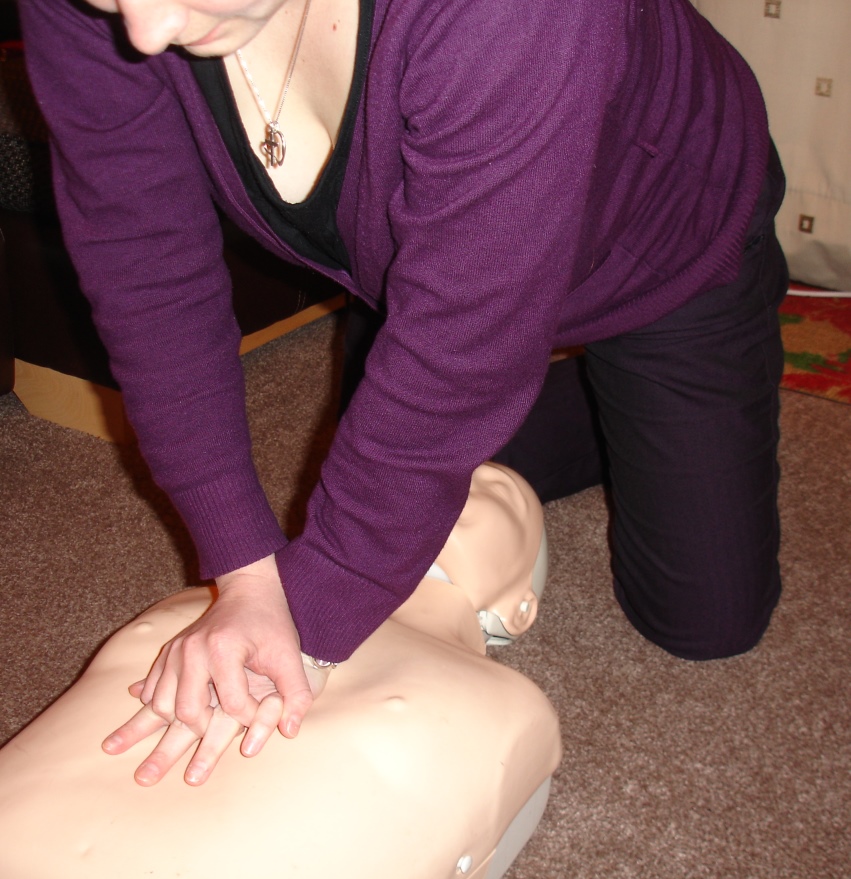The 15th October was the date that the 2015 Resus Council guidelines were updated. This happens every 5 years, so will be due again in 2020. There were quite a number of changes made in 2010. There appear to be very few changes in the 2015 guidelines.
The first thing to pick up appears to be that there is no emphasised shout for help as part of the response check.
There is no change to the airway section, with jaw thrust still being something that is not recommended for first aiders.
The breathing check has very little change to it, although it does go straight in to what to do if the casualty is not breathing, no mention is made of what to do with a breathing casualty.
After finding a casualty with no breathing, emphasis is placed on sending for an AED (Automated External Defibrillator) and calling for professional help (999/112). If an AED is available, it is recommended that someone should be sent to fetch the defibrillator, if it is a lone rescuer, they should start CPR. It is suggested to use the speaker-phone if calling from a mobile phone, so that the rescuer has both hands available to them.
When moving on to compressions, the wording has changed slightly, the depth of compression is still 5-6cm, but no more than 6cm. There is also emphasis placed on full recoil of the chest to allow the heart to refill with blood.
Those that are trained in CPR/BLS should perform breaths/ventilations if it is safe and they are able to do so. Compressions only CPR should be performed by those that are not trained or, if for some reason, you are unable to do the breaths/ventilations.
The full 2015 Resuscitation Guidelines and posters are available here.

